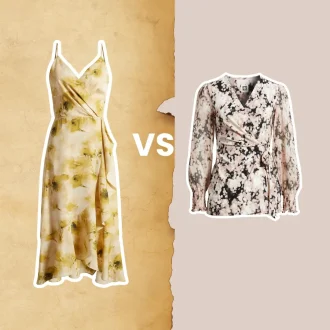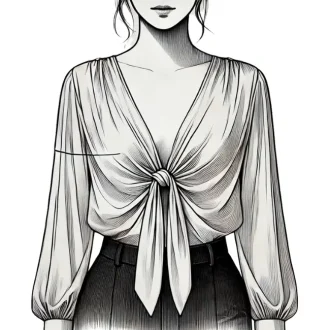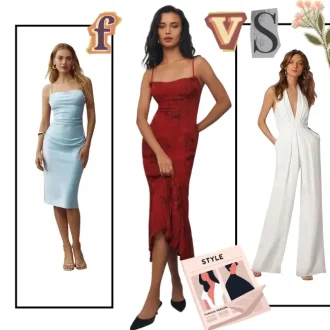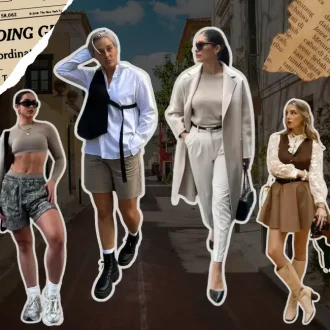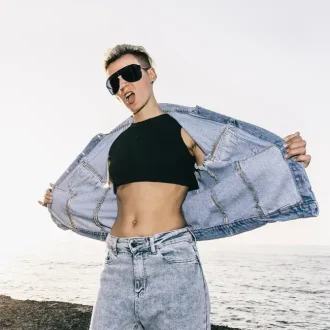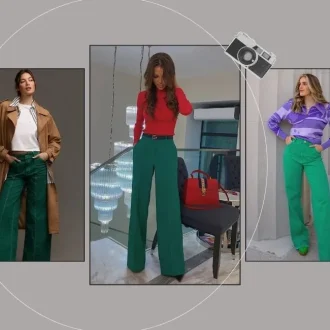- IN THIS ARTICLE
Trying to make sense of the different types of dress codes in fashion can be overwhelming and puzzling. Dressing appropriately for a casual outing, black tie attire, business meeting, or cocktail party can seem daunting.
This comprehensive guide is here to make that task easier. We will explore the meanings, nuances, etiquette, and appropriate occasions for a wide array of dress codes. From casual to smart casual, cocktail dress to tuxedo, and informal wear to the height of formality with white tie. We’ve got you covered.
So, buckle up for a stylish journey as we decode the language of dress codes, ensuring you’ll always be appropriately and confidently attired for any event.
Exploring the Basics
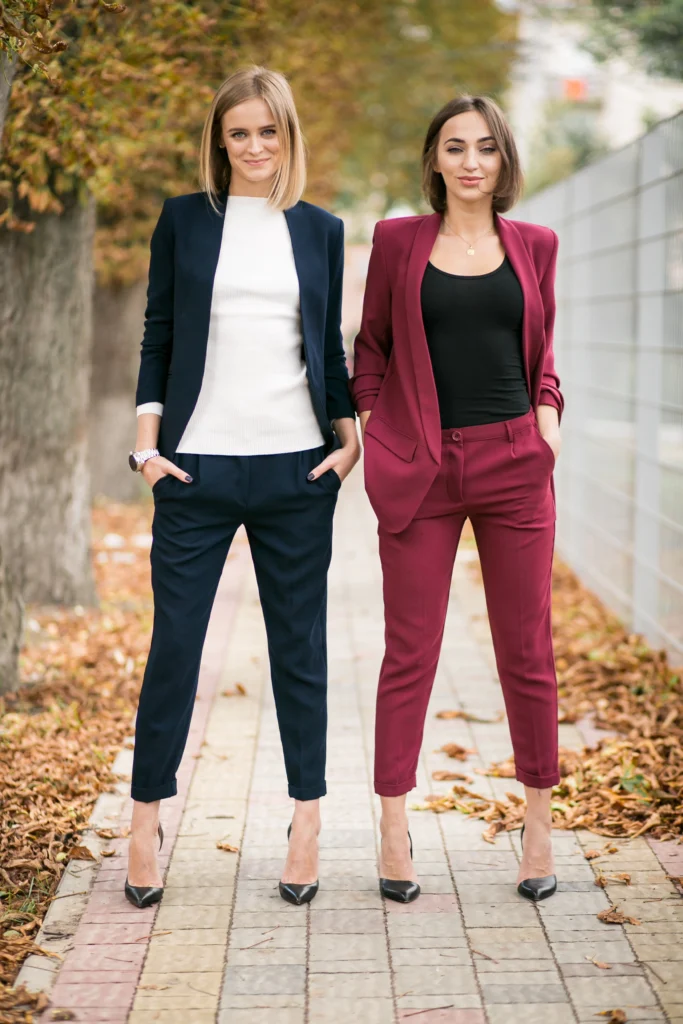
Dress code standards are a set of rules that design and enforce the way one should dress in specific contexts or in particular circumstances. It designs the environment in either a professional, educational (like schools’ dress codes), or social setting.
For example, work dress codes: Some of which include business formal, black tie attire, or casual. Similarly, dress codes such as business formal, black tie, or casual in event invitations inform the guest of the level of attire that is expected for the occasion.
It is always good advice that one errs on the part of being slightly overdressed than being slightly underdressed for an event. This principle is often emphasized in schools’ dress codes to ensure students wearing appropriate attire for various occasions. Being slightly overdressed can be an alternative to easily tone down by taking something off or unbuttoning/loosening something, such as a tie or jacket.
This way, you can ensure that you are appropriately dressed for the occasion without feeling out of place. It’s always much easier to dress down an outfit, be it through removing accessories or layers, rather than trying to dress up an outfit that is otherwise much more casual if you find yourself underdressed.
Knowing these codes, ranging from formal occasions with floor-length gowns to the casual places where khaki pants and polo shirts are suitable and can help people dress suitably and comfortably.
Factors Influencing Dress Codes
Many factors influence dress codes, these vary from the setting, to the nature of the event, cultural or social norms.
1. Setting: The setting of an event or location can determine its dress code. A black tie event held in a luxurious hotel ballroom would likely require attendees to don a dark suit or cocktail dress. Conversely, a beach wedding might call for more casual attire like a midi dress or open collar shirt.
2. Nature of the Event: The purpose of the event significantly influences the dress code. Formal ceremonies, such as a white tie wedding, demand formal attire like full evening dress and floor-length gowns. A business meeting might necessitate business attire such as a business suit and dress shoes, while a casual gathering might require only casual chic or dressy casual outfits.
3. Cultural or Societal Norms: Cultural norms are very important in the context of the dress code. Some of the cultures represent certain colors or styles as unlucky or inappropriate, hence choosing more modest choices in regard to formal events, such as muted colors or the need for formal ties.
Hosts can also clue their guests in on the right colors, patterns, and even items like Yarmulkes for those who may have been out of the loop when it comes to that type of tradition at events like a Bar or Bat Mitzvah. In cases where traditional attire is necessary, the host should inform their guest on where to purchase or rent traditional garments from a shop, so that there are no awkward moments of feeling underdressed at the occasion.
4. Personal Style: Although dress codes provide a guideline, there’s often room for personal style. This can mean choosing to wear a black dress at a cocktail party or choosing dressy separates for a smart casual event.
Moreover, most of the current weather is influenced by the choice of prevailing weather and environmental factors, including heat, cold, or precipitation. It’s better to check whether there are such facilities as a cloakroom, where to leave bulky items, like boots or an umbrella.
Otherwise, be prepared for it, taking care in advance that the outfit is properly water-proofed. Consider as well the nature of the distance that you will be walking.
For example, if you are to go for a wedding in the forest, it is appropriate that you go with shoes that are practical rather than going with formal shoes that may be presentable but not handy for walking on rugged terrain.
Demystifying Dress Codes
From tuxedos and white tie dress codes to the professional environment’s business and business casual, it’s clear that dressing the part can sometimes be a daunting task. Not to mention the semiformal dress code, which sits comfortably between the casual and strictly formal.
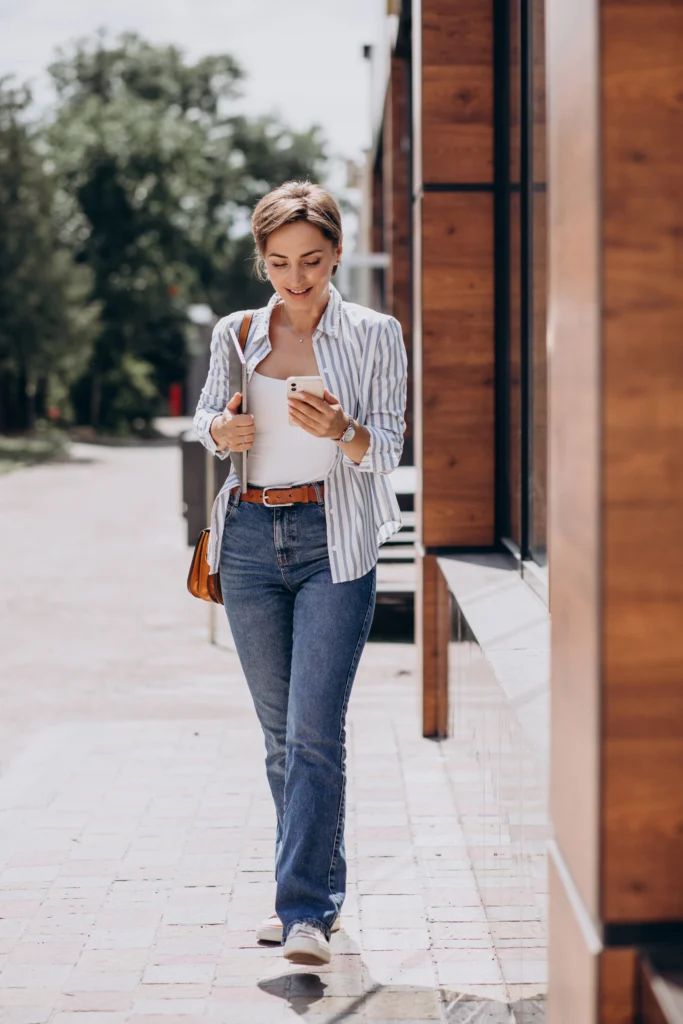
The casual dress code is likely the most relaxed and comfortable of all dress codes. It’s essential to understand that casual doesn’t signify being untidy or careless. Casual attire should still be neat, tidy, and suitable for the occasion.
In terms of clothing choices, a casual dress code can include a wide variety of options. Dress pants and dress shirts, though generally leaning towards the formal side, can still be made casual depending on their style and what they are paired with. Polo shirts, a type of casual shirt with a collar, are also a great choice. Pair these with jeans or khaki pants for a relaxed but tidy look.
Casual attire is most appropriate for informal events. Think backyard barbecues, casual Fridays at work, some casual weddings, and warm days when wearing shorts is comfortable and suitable. The key is to feel comfortable but still look put-together.
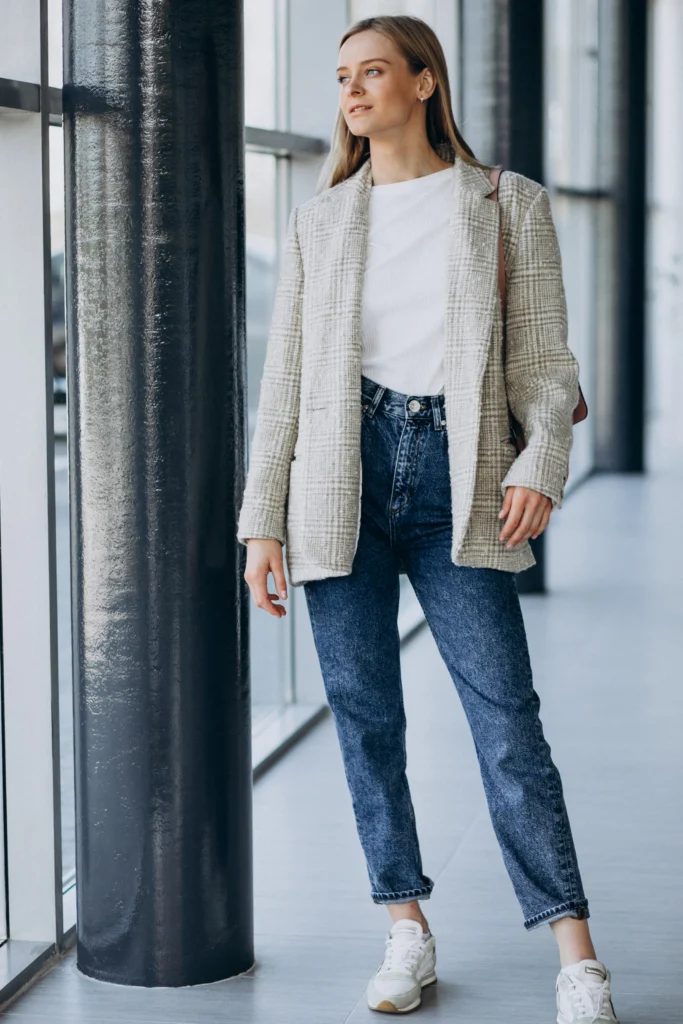
Smart casual elevates casual attire with a touch of sophistication.
When aiming for a smart casual look, women can opt for a midi dress, particularly when accessorized with trendy fashion items. For men, an open collar shirt paired with khaki pants can hit the mark. The overall look should be polished, but not overly formal.
Smart casual is often called for in more upscale casual events, such as dinner at a trendy restaurant, an art gallery opening, or even a casual office setting. It provides a happy medium between looking too relaxed and too formal.
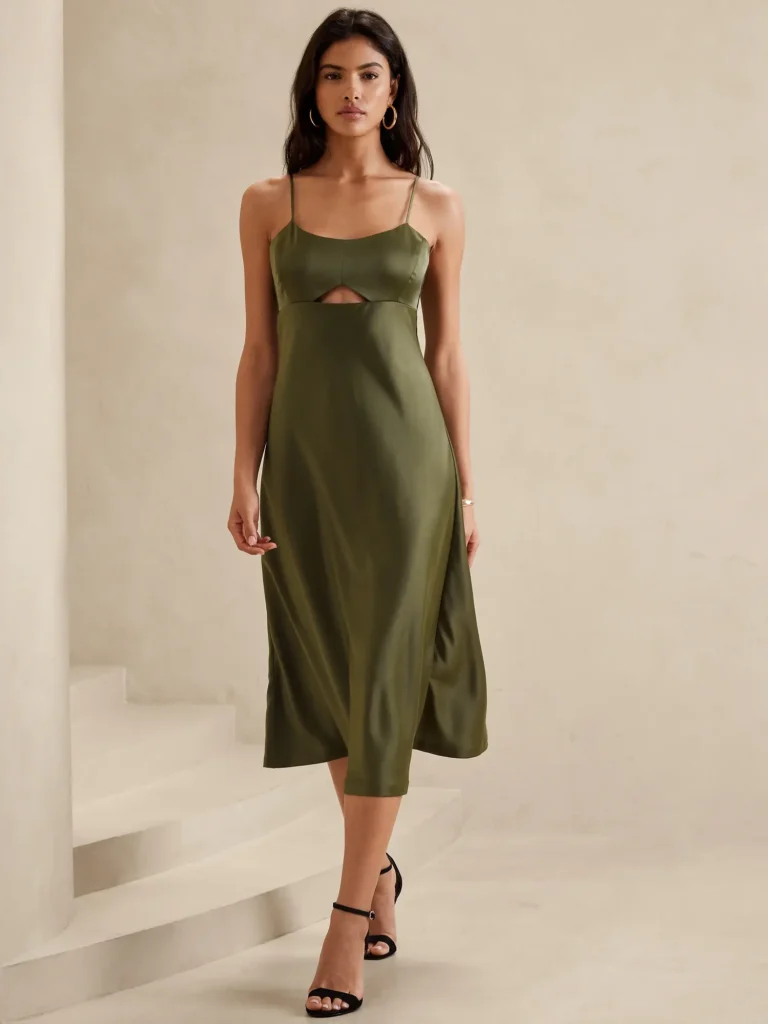
The cocktail dress code is intended for semiformal events held in the evening. It’s less formal than black tie but dressier than smart casual.
For women, this usually means a cocktail dress that is party-ready, falling at or above the knee. Dressy separates, like a nice blouse with a skirt or dressy slacks, can also work. Men typically wear a dark suit and a conservative tie under the cocktail dress code.
Cocktail attire is most appropriate for evening social events such as cocktail parties, holiday parties, and certain evening fundraisers. The key is to aim for elegance and sophistication.

The black tie dress code is typically seen as the height of formality for most events. It calls for formal, evening attire that is polished and sophisticated.
Achieve a polished look with a dark suit, white dress shirt, black bow tie, and black tuxedo trousers for men. Women usually wear a formal, floor-length evening gown, although a very dressy cocktail dress can sometimes be acceptable.
Black tie is expected at formal events such as galas, formal weddings, and upscale dinner parties. When an invitation states a black tie dress code, it’s crucial to dress appropriately to show respect for the event and its hosts.
Formal and Semi-Formal Dress Codes
As we start diving deeper into formal dress codes, the language can become a bit complicated and the guidelines stricter.
From tuxedos and white tie dress codes to the professional environment’s business and business casual, it’s clear that dressing the part can sometimes be a daunting task.
Not to mention the semiformal dress code, which sits comfortably between the casual and strictly formal.
Tuxedo
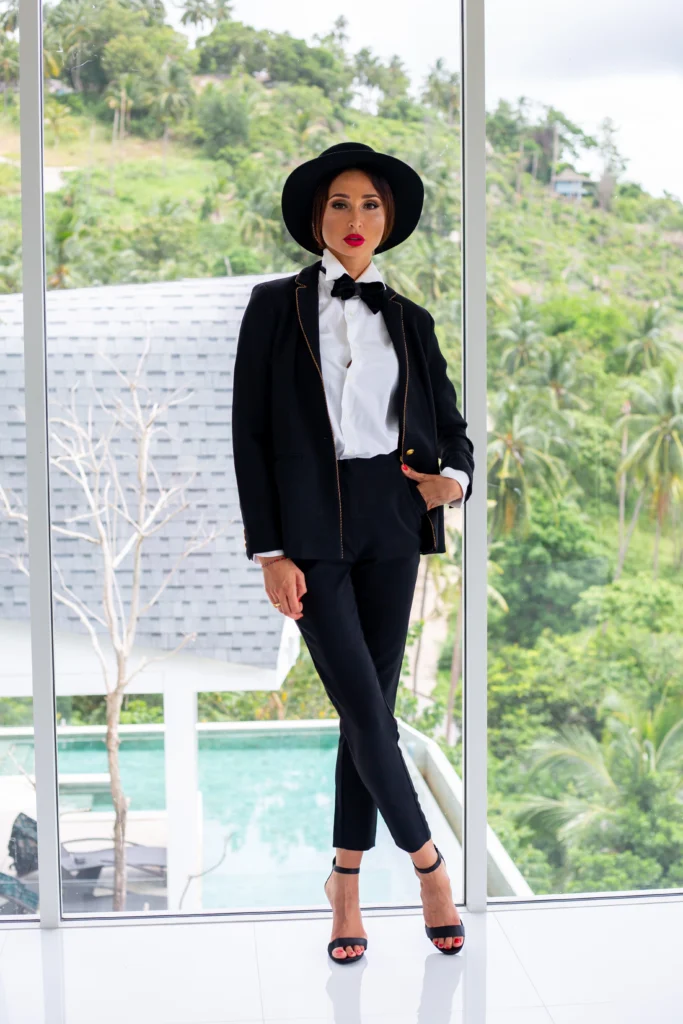
The tuxedo dress code is typically associated with black tie events, representing a high level of formality.
Creating this formal and stylish impression for men involves wearing a conventional tuxedo, containing a black dinner jacket, a formal dress shirt, a black bow tie, and black uniform trousers.
Events that typically require a tuxedo dress code include formal weddings and high-profile black tie events. It’s essential to maintain the formality and sophistication required by such events when adhering to the tuxedo dress code.
Business and Business Casual

Business and business casual dress codes are staples in the corporate world. Formal clothing, like a business suit, collared shirt, and dress shoes, is typically considered business attire for professionals in the workplace.
On the other hand, business casual is a less formal dress code that still maintains a professional appearance. It’s not as formal as business attire but is more formal than casual wear. It strikes a balance between professionalism and comfort, often incorporating elements of both business and casual fashion attire.
The business and business casual dress codes are generally used in professional settings. These can include business meetings, corporate events, or even everyday office attire, depending on the company’s dress code policy.
White Tie Dress Code

White tie, also called “full dress,” is the most formal dress code, reserved for grand ceremonial occasions.
In the case of white tie dress code for men, it includes a black tailcoat, a formal white shirt, a white bow tie, a white vest, and refined white formal trousers. For women, it calls for floor-length evening gowns, often with gloves and other formal accessories.
White tie is usually expected at highly formal events such as state dinners, formal balls, and high-end weddings. It is the pinnacle of formality in dress codes and demands meticulous attention to detail.
Semi-Formal Wear
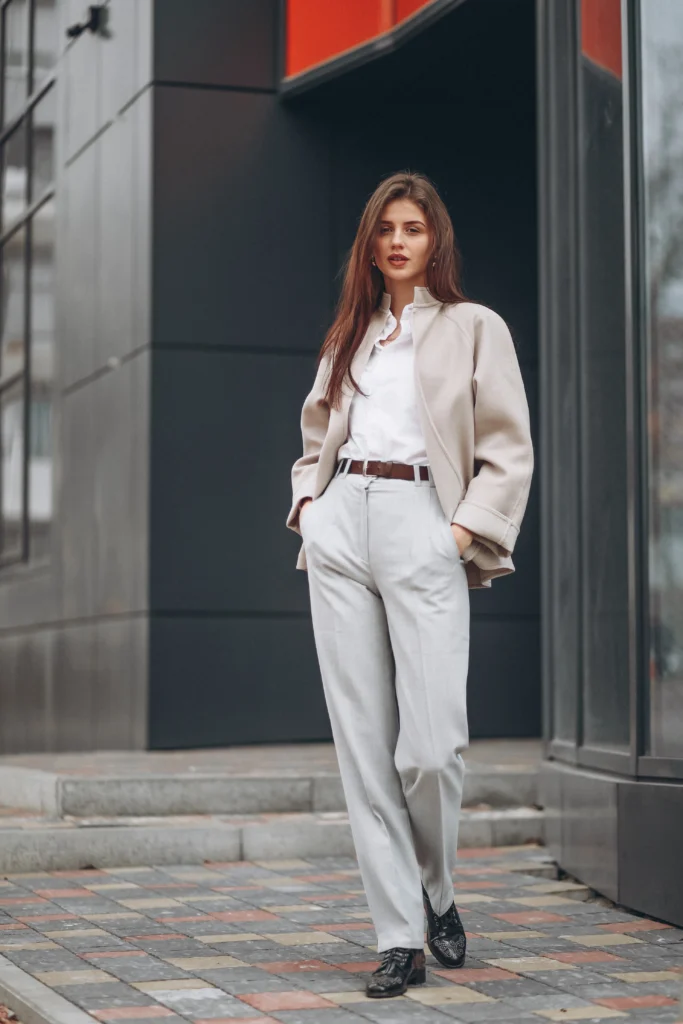
The semiformal dress code is a step-down from formal wear, but still requires a certain degree of sophistication. It strikes a balance between the informality of a casual dress code and the formality of a black tie dress code.
For men, semiformal attire can include a dark suit, a conservative tie, and dress shoes. From cocktail dresses to long dresses, women can select the appropriate attire based on the event’s time.
Semiformal dress code is often appropriate for events like cocktail parties, upscale dining, and some weddings. The key is to maintain a polished and elegant look without being overly formal.
Other Noteworthy Dress Codes
Aside from the commonly recognized dress codes we’ve already discussed, there are a few more that deserve our attention. These range from the absolute glamour of an evening gown dress code to the relaxed but stylish vibe of casual chic. We also consider the broad categories of formal and informal wear, which cover a wide range of events and occasions.
Evening Gown
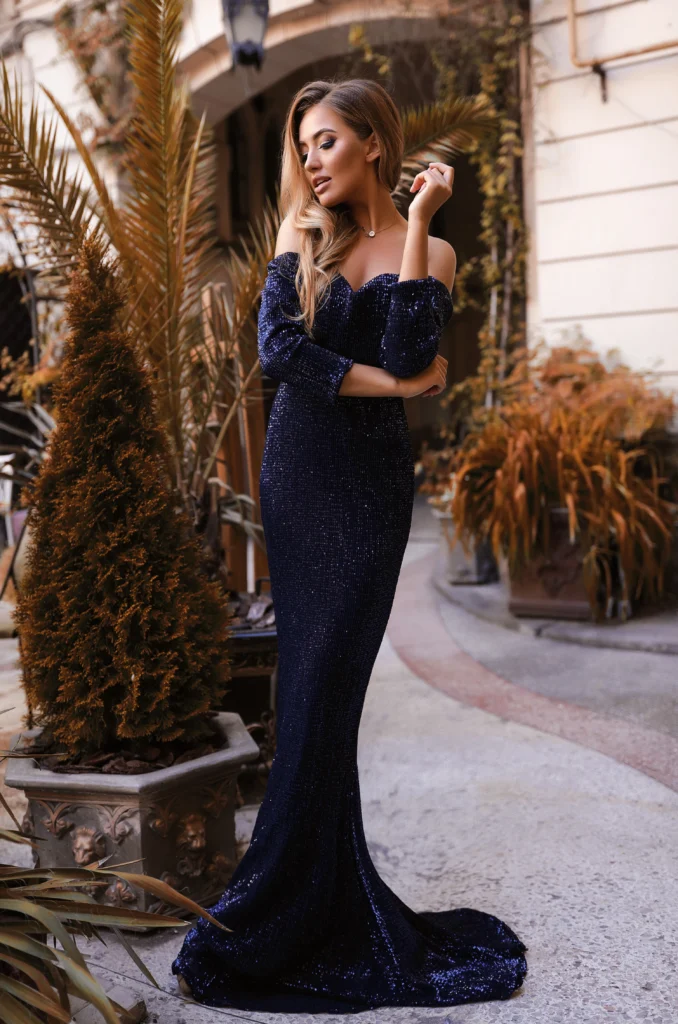
The evening gown dress code is primarily for women and refers to the type of dress to be worn at formal events held in the evening.
The quintessential evening gown is a floor-length dress, though there can be variations depending on the event’s formality. Pairing the dress with formal flats or high heels is often the norm, along with elegant jewelry to complement the ensemble.
Evening gowns are typically worn at formal events such as balls, high-end parties, formal weddings, and charity galas. This dress code brings out the most sophisticated aspect of women’s fashion.
Formal Wear
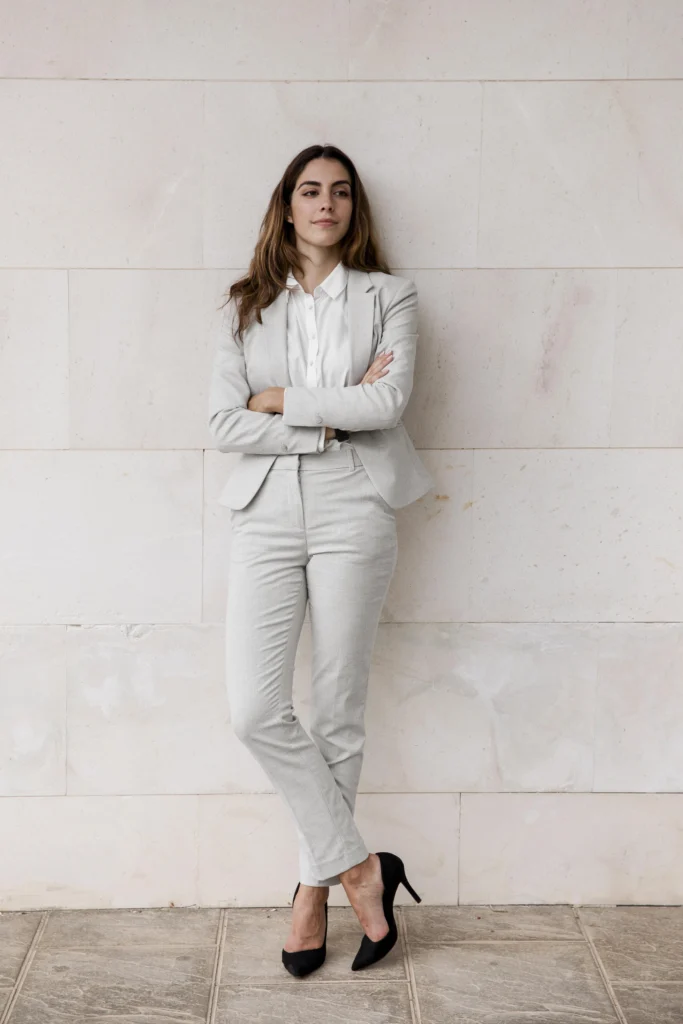
Formal attire is a dress code that denotes a high degree of formality. This means that guests are expected to turn up in their best, most polished outfits.
For women, a formal dress code usually means a long evening gown or a very dressy cocktail dress. For men, a black suit or a tuxedo is typically required. The overarching principle is that your attire should exude elegance and sophistication.
Formal wear is typically appropriate for occasions like formal weddings, state dinners, and formal galas. It’s always important to ensure your attire matches the level of formality of the event.
Informal Wear
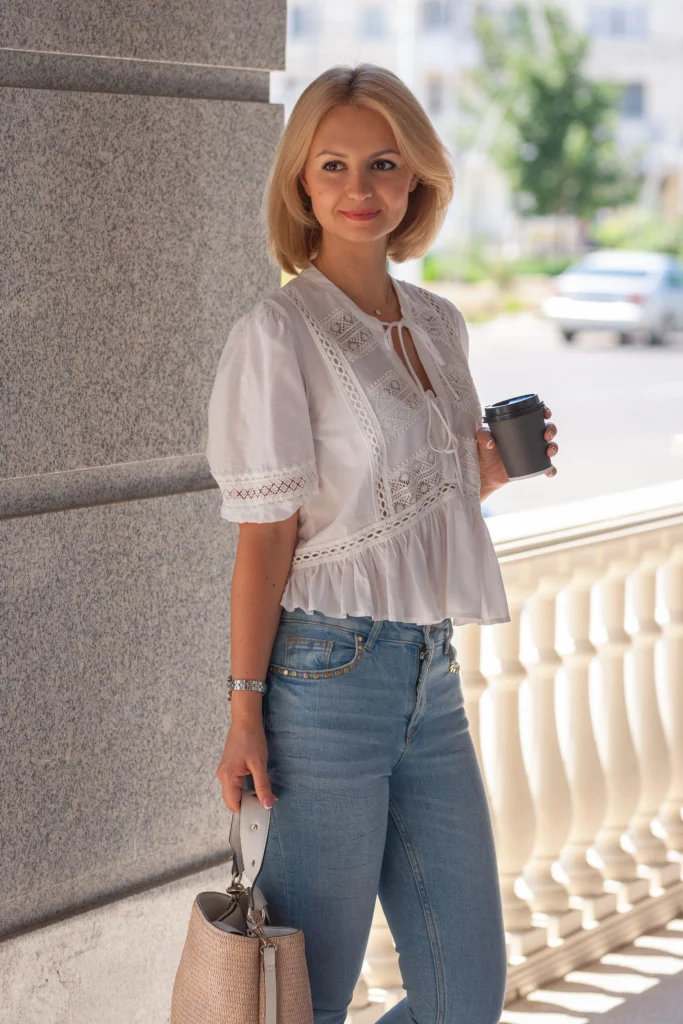
Despite its name, informal wear does not mean sloppy or careless. It simply means that the dress code is less formal and more relaxed.
Appropriate attire could vary from T-shirts and sports jackets to tennis shoes and a sleek pair of jeans, keeping in mind different dress codes. Despite the informality, it’s still important to appear neat and put-together.
For various occasions like casual social gatherings, errands, or a casual workday, opt for informal wear. The key is comfort, but never at the expense of looking presentable.
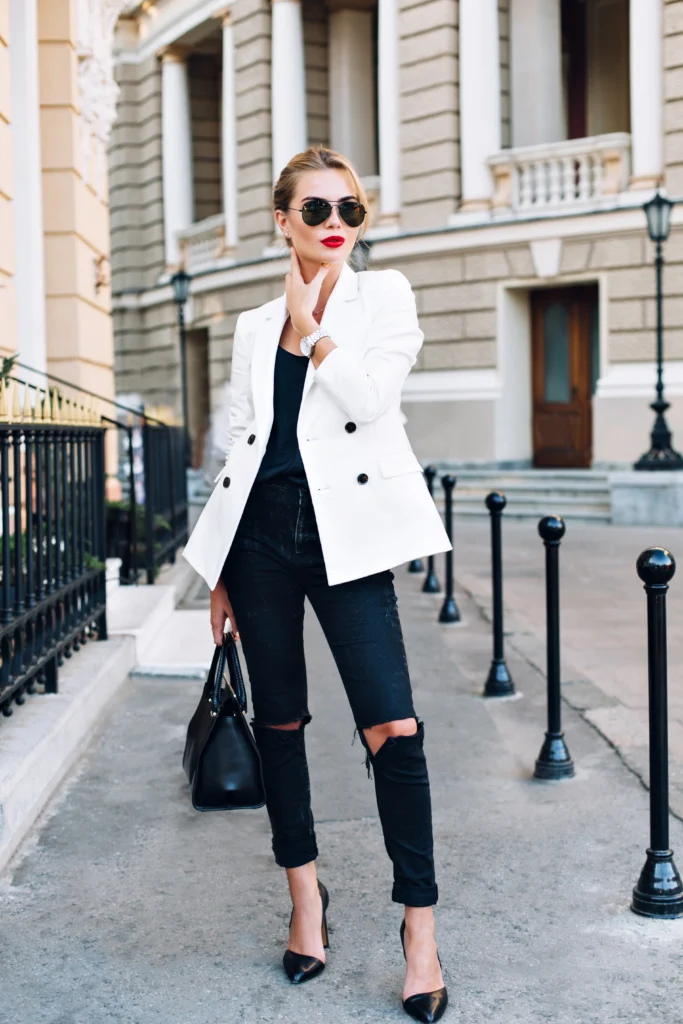
Casual chic is a dress code that combines the comfort of casual wear with the sophistication of chic styles. It’s about creating a look that is effortless yet stylish.
The casual chic look can be achieved with a variety of clothing pieces. Dressy separates, like a trendy blouse paired with a nice pair of jeans, or skirt suits in less formal fabrics can both create a casual chic look.
This dress code is perfect for occasions where you want to look fashionable and showcase your sense of fashion without appearing overly formal. This could include a casual wedding, a trendy restaurant outing, or a daytime social event. With casual chic, the goal is to appear polished yet relaxed.
Conclusion
Understanding different dress codes allows us to navigate diverse social and professional scenarios confidently.
Dress codes, from casual to white tie, serve as guidelines to match the occasion and setting. They reflect not just our personal style, but also our respect for the event and the host.
With this guide, you are equipped to interpret and adapt to various dress codes, ensuring your’re always appropriately, comfortably, and stylishly dressed. The perfect outfit matches the occasion, fits well, and boosts your confidence.
FAQ
What are the main types of dress codes?
The main types include casual, smart casual, cocktail, black tie, tuxedo, business, business casual, white tie, semiformal wear, evening gown, formal wear, informal wear, and casual chic.
What are the different levels of dress code?
Dress codes range from casual (casual, casual chic) and semiformal (smart casual, business casual) to formal (business, cocktail) and highly formal (black tie, white tie, formal wear, evening gown).
What are the 4 types of business dress code?
The four main types are business formal, business professional, business casual, and smart casual, each representing a different level of formality.
What type of attire is typically required for evening functions?
Evening functions typically require more formal attire, such as evening gowns for women and black suits or tuxedos for men.
What are some outfit suggestions for daytime events
For daytime events, opt for outfits that are comfortable yet stylish, such as casual chic ensembles or trendy separates.


